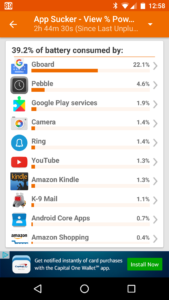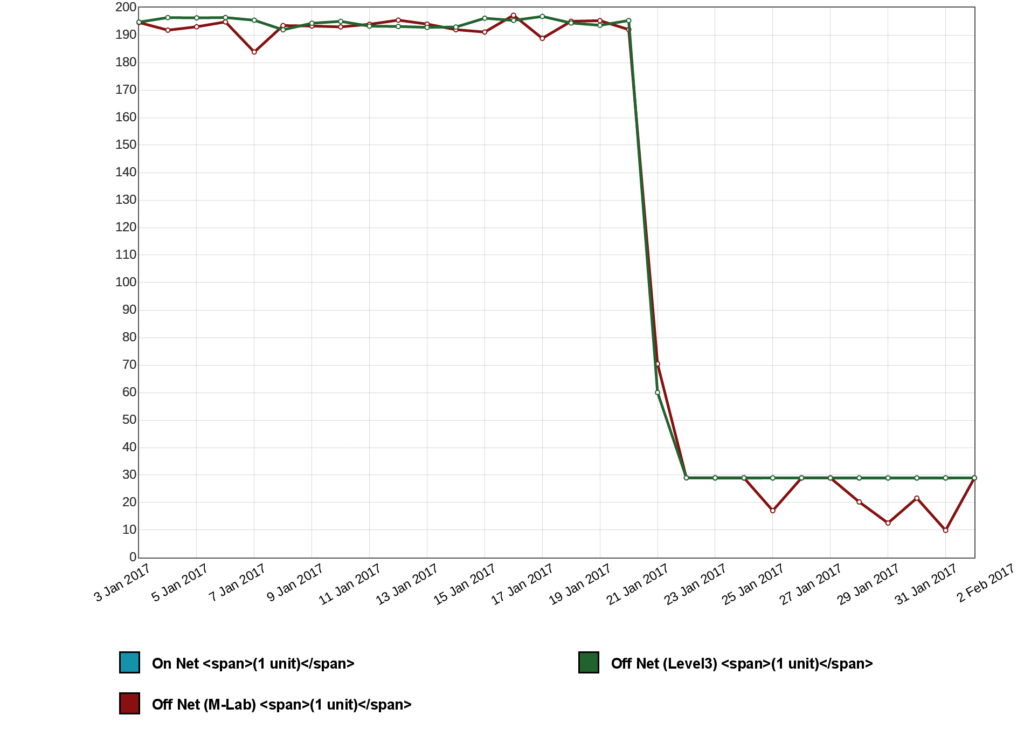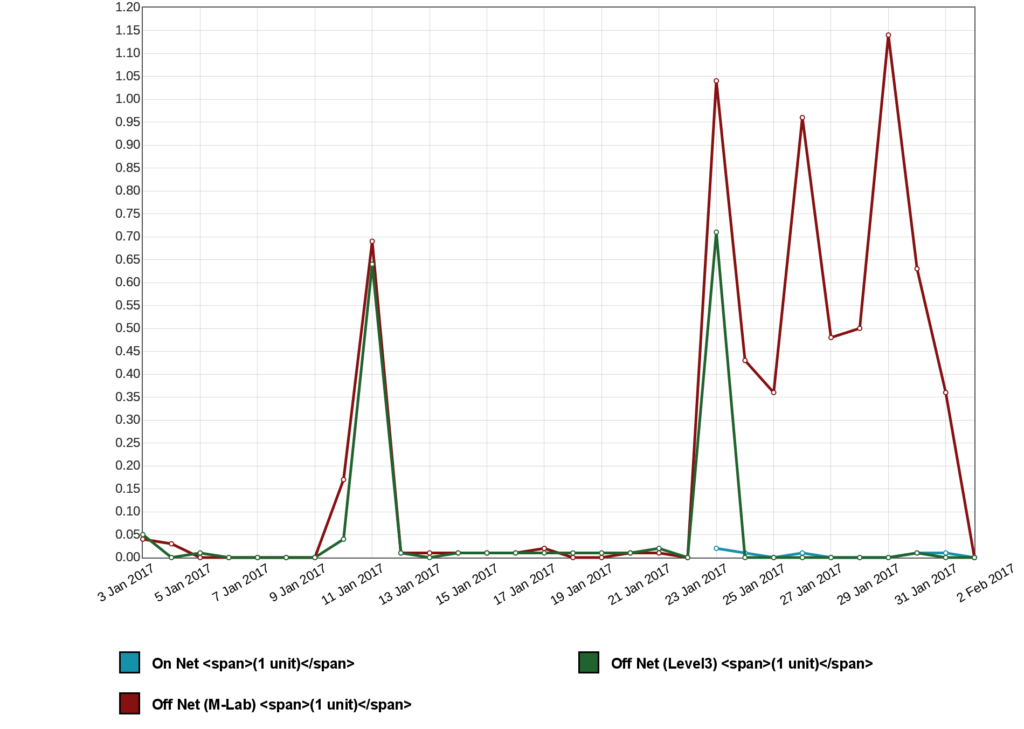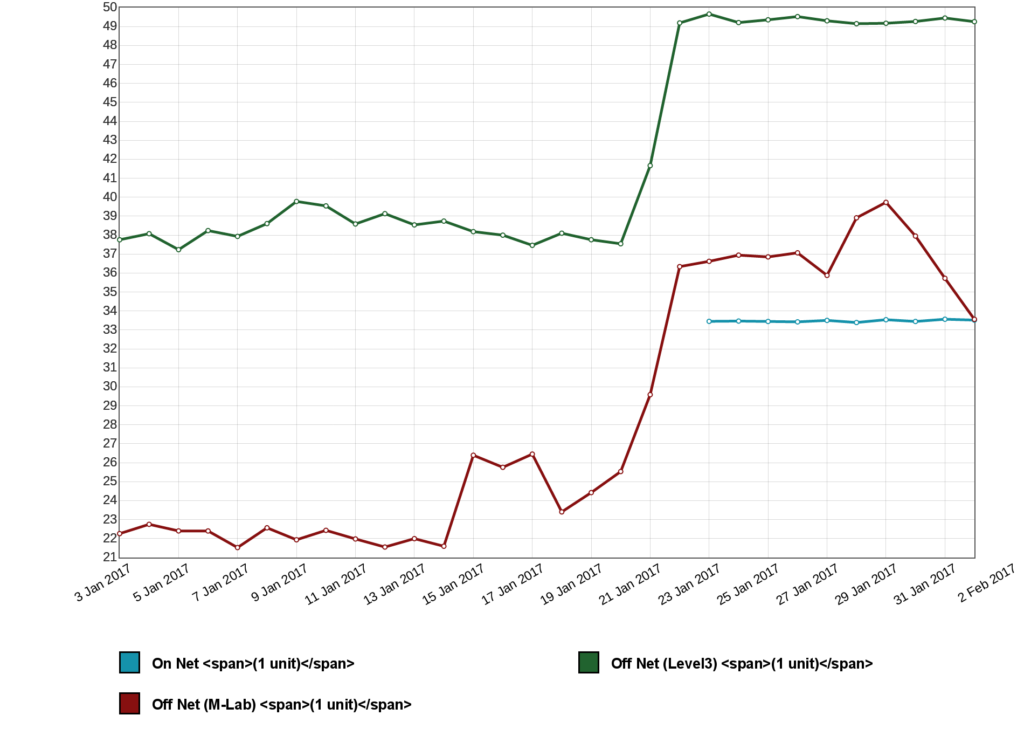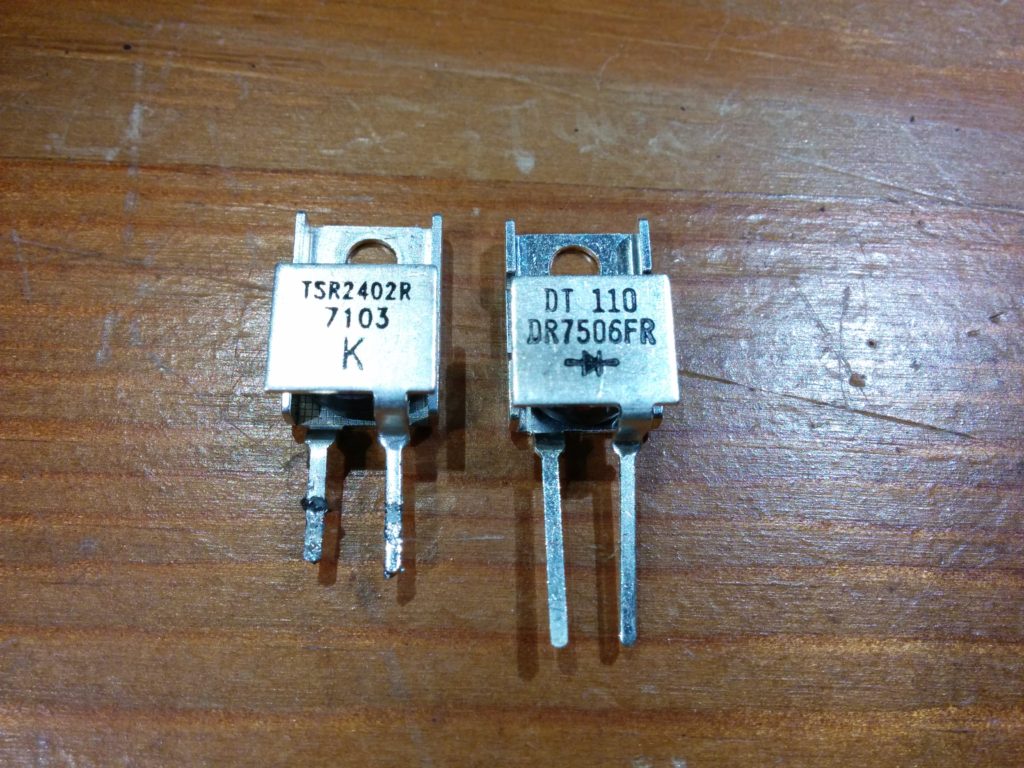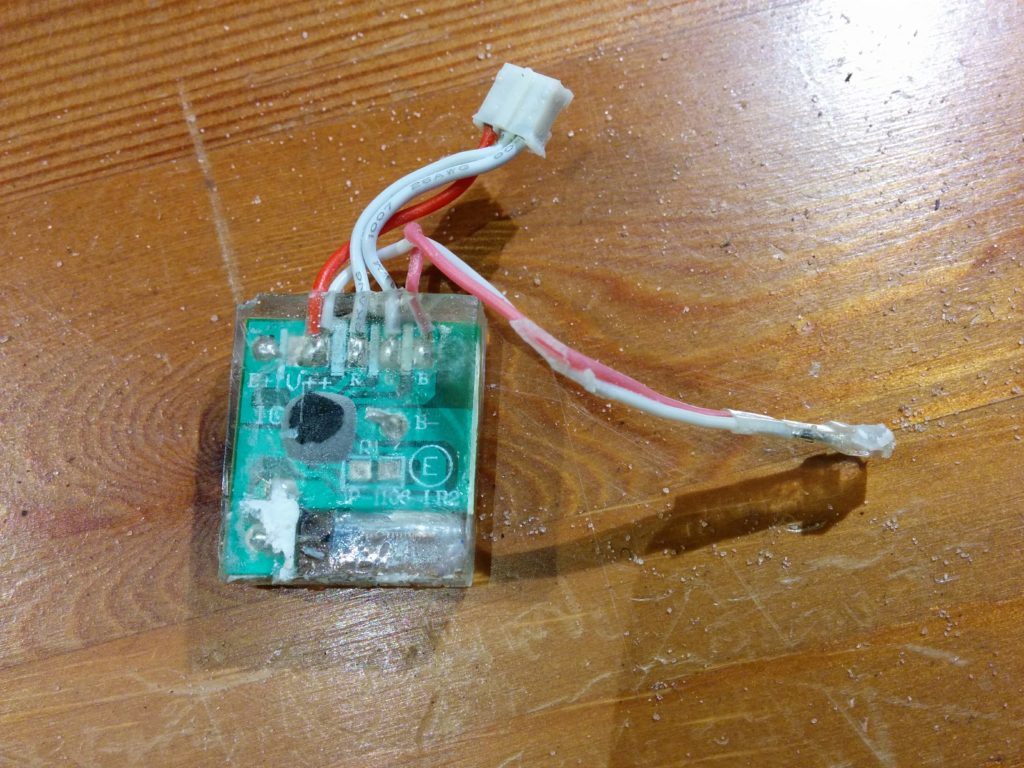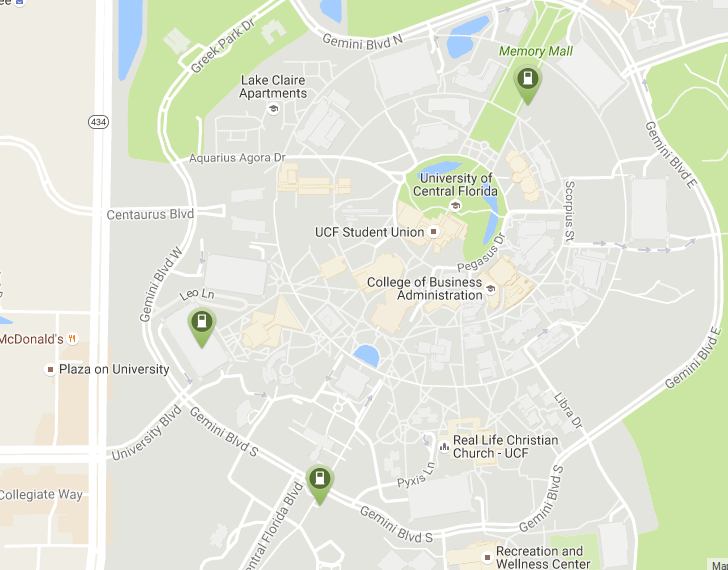Upgrading the headlights on an EV from incandescent bulbs to LED’s will save some electricity, but it’s such a small amount of electricity compared to what the motor uses to move the EV that it’s probably not worth the effort purely from a range perspective.
My original OEM halogen headlights (together, at high beam) take 130 watts, while the motor takes around 12,000 watts just cruising down the road. So the headlights account for only 1% of the total energy usage.
One burnt out, so I replaced them with LED units that take less power.
Driving around with my high beams on, I’m saving a maximum of 78 watts by replacing both my headlights. 78 / 12000 = just over a 1/2 of one percent energy savings. So that gives me an extra quarter mile of range.
There are other benefits to LED headlights when compared to the OEM halogens. First, they produce more light, which is a safety advantage when driving at night. (I was never happy with the light output from the original headlights, and feel happier driving at night with the LED units.)
If you like the “cool white” color temperature of LED bulbs, you can say it’s an improvement in appearance. (They do make the headlights look more modern, as most newer cars have “cool white” headlights.)
Because the headlights are one of the largest consumers of power on the 12 volt accessory bus, swapping them out would allow you to significantly reduce the size/capacity of your DC-to-DC converter used to keep your 12 volt accessory battery charged.
The real power savings come from the addition of DRL, which only take 2.2 watts, compared to driving around with my low beams on.

